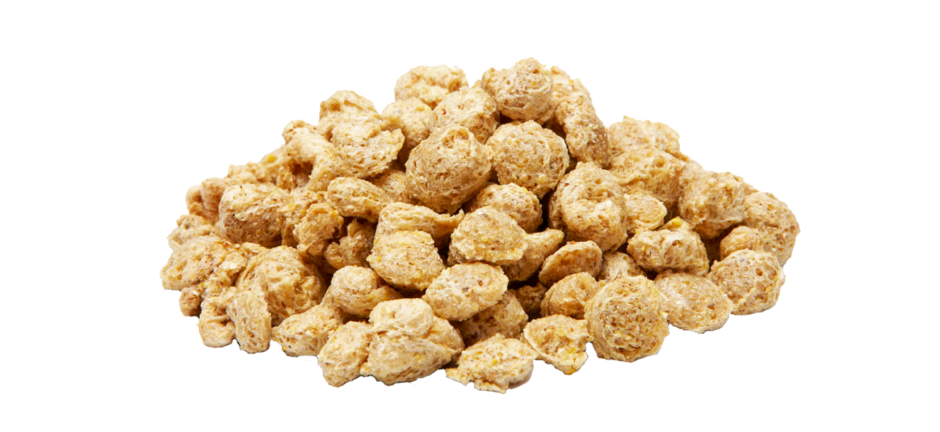Hi-Gel™ Corn – Innovative Engineering Solutions to Increase Value in Corn

Corn is one of the largest plant-based food sources in the world and is used extensively in feeding poultry and livestock. Corn contains protein, fiber, moisture, and oil but is primarily composed of starch. The starch granules are a combination of Amylose and Amylopectin which are polymers of Glucose. Amylose is a linear polymer while Amylopectin is a complex and highly branched polymer. Different corn types contain different ratios of Amylose and Amylopectin and thus respond differently to processing.
Corn gelatinization occurs when heat is applied to corn, for a given amount of time, in the presence of an excess of moisture. This process can also be described as corn cooking. Gelatinization involves the absorption of moisture by starch granules, swelling, and eventual rupture of the starch granules. The amount of heat required for gelatinization will depend on the relative amounts of Amylose and Amylopectin present in the starch, due to the differences in endothermic heat of gelatinization of Amylose when compared to that of Amylopectin. Corn gelatinization leads to improved digestibility and thus results in increased nutritional benefits when highly gelatinized corn is fed to livestock and poultry.
Extrusion Cooking offers an economic and continuous process for the gelatinization of corn. An advantage of the Extrusion Cooking process is that it reduces the amount of energy, moisture and time required to achieve a certain level of gelatinization. This is primarily because of the high shear nature of the process. Due to the high-temperature-short-time (HTST) nature of the Extrusion Cooking process, complete gelatinization (100% gelatinization) is usually unattainable, thus we can only characterize the success of the gelatinization process in terms of degree of gelatinization (or cook) or percent gelatinization. The Insta-Pro Hi-Gel™ corn extrusion process is designed to achieve upwards of 90% gelatinization.
Attaining the high levels of gelatinization present in Insta-Pro’s Hi-Gel™ corn, requires that during the process design phase, several key parameters are taken into consideration. Some of these parameters include:
- Corn Composition – Varying proportions of Amylose and Amylopectin will result in extruded products with different properties. High Amylose corn will, for example, extrude differently when compared to waxy corn which possesses a very high Amylopectin content.
- Particle Size – The particle size distribution of the corn raw material plays an important role in limiting process instabilities resulting from clogged dies and irregular feed rates. The particle size distribution also affects the quality of the extruded product.
- Moisture Content – It is imperative to monitor the moisture content of the corn raw material as well as the amount of moisture added during the extrusion cooking process. The moisture level during extrusion cooking is key in ensuring a smooth process that results in a product with consistently high levels of gelatinization.
- Energy Addition – The amount and type of energy added to the system plays a very important role in the gelatinization process. The process of energy addition, along with the level of moisture introduced into the system, plays a role in achieving the high levels of gelatinization present in Hi-Gel™ corn. Moisture levels and method of energy addition also affect product quality. For instance, a highly gelatinized product versus a dextrinized product.
At Insta-Pro, we offer the technical know-how and equipment (through our Hi-Gel™ corn extrusion process) for achieving high levels of gelatinization. Please get in touch with us if you have any further questions, a member of our team would be happy to help.



